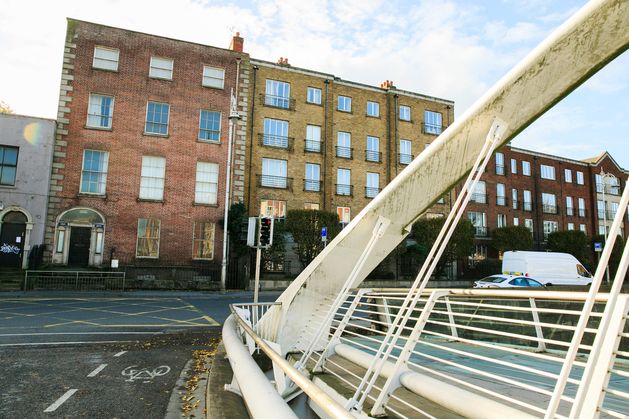That is according to An Taisce’s Dublin city planning officer Kevin Duff as part of its objection concerning plans by Brimwood UC to convert the property at 15 Usher’s Island, in Dublin 8, into 10 apartments.
In An Taisce’s submission, Mr Duff has told the council that the return of “this nationally-important house” to functioning use, and “the arresting of any further deterioration in its fabric, is urgently needed”.
But he says the current proposal, which would change the property from a dormant public/cultural use to an open-ended period of residential use as 10 private apartments, would be wholly inappropriate.
He said: “Refusal is therefore recommended in order to find a way forward and secure the future of this key cultural building of Dublin, bearing in mind, for example, the successful and award-winning museum and cultural attraction developed by the city council at large Georgian townhouse, 14 Henrietta Street.”
Mr Duff says: “No 15 Usher’s Island is one of the most significant townhouses to survive on the Dublin quays, both because of its location and context. It is like a Merrion Square-quality house on the quays, and is one of the few surviving quayside houses to retain its front-door and basement arrangement.”
He said the proposal for conversion to a high number of apartments would be “wholly inappropriate and destructive to its architectural and cultural character”.
Mr Duff told the council that 15 Usher’s Island is of international cultural significance because of its location as the setting of the James Joyce short story The Dead.
He said: “The proposal is in serious conflict with established policy and provisions for the maintenance of the special character of protected structures.”
A report lodged by planning consultant Kevin Hughes, for Brimwood, says use of the building as residential is more suited than as a tourist hostel, for which previous permission was granted.
The applicant and design team “are aware of the significance of the building and have gone to great lengths to protect and improve the historic fabric of the building”, he said.

